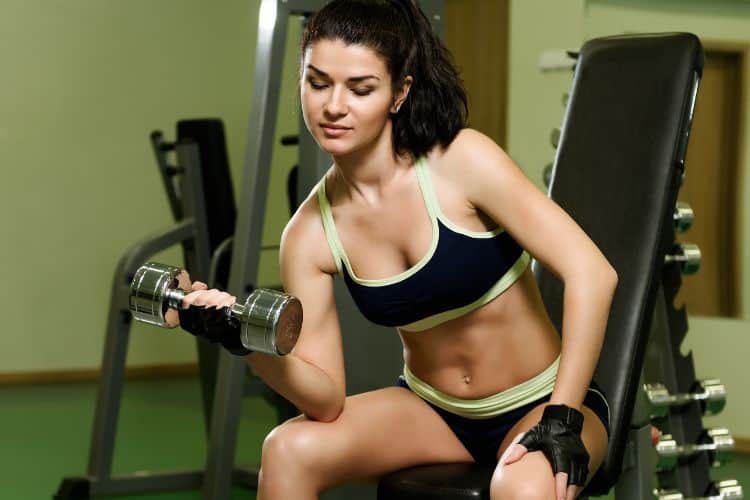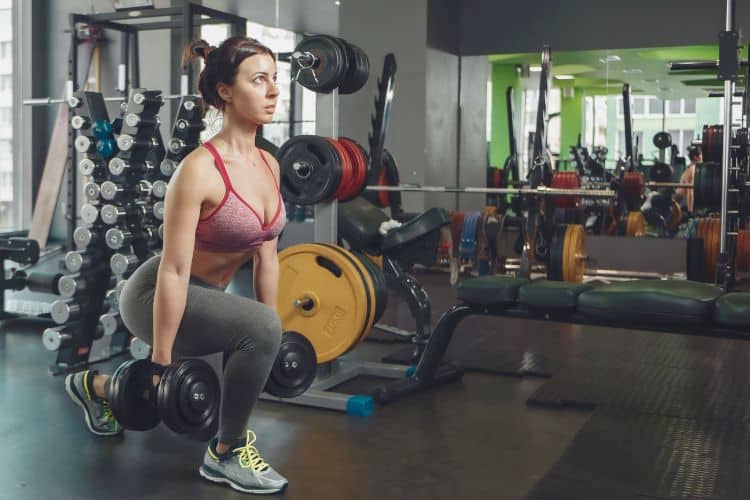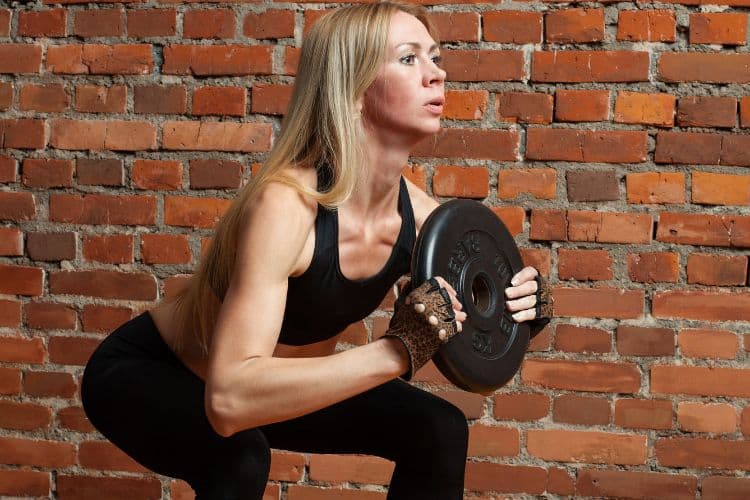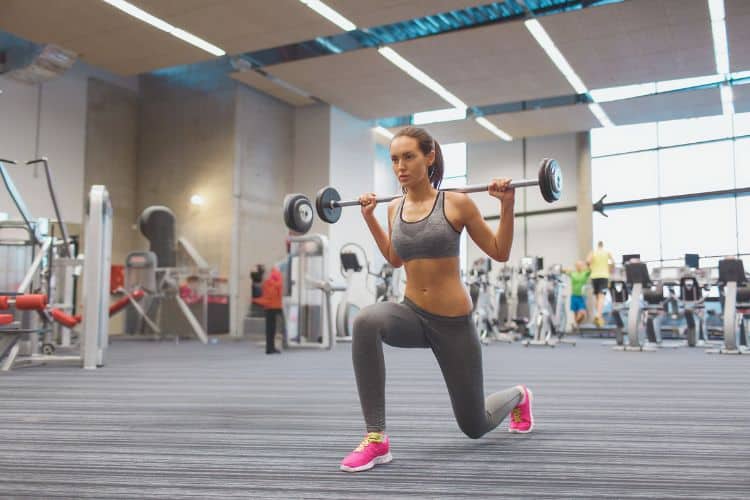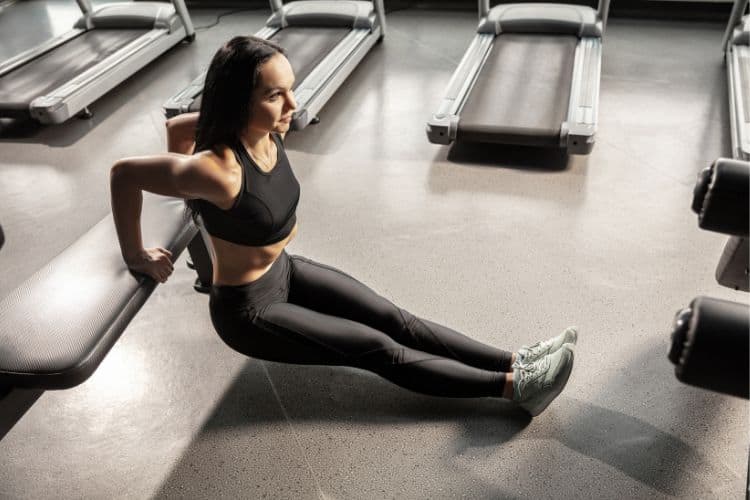Bench Dips Workouts A Complete Guide For Women
Bench dips are one of the most effective bodyweight exercises for targeting the triceps, shoulders, and chest. This versatile movement is particularly popular among women who want to tone their upper bodies, enhance functional strength, and improve overall fitness. In this article, we will explore the benefits of bench dips, provide detailed instructions on how to perform them correctly, and offer variations to cater to different fitness levels.
Benefits of Bench Dips
1. Strengthens the Triceps
The primary muscle group targeted during bench dips is the triceps, located on the back of the upper arms. Regularly incorporating bench dips into your workout routine helps to sculpt and tone this area, reducing the appearance of flabby arms.
2. Improves Upper Body Definition
Bench dips engage not only the triceps but also the shoulders and chest muscles. By strengthening these areas, you can achieve a more defined and balanced upper body.
3. Enhances Functional Strength
Functional strength refers to the ability to perform everyday tasks with ease. Bench dips mimic pushing movements you might use in real life, such as lifting yourself up or pushing objects, making them a valuable addition to your fitness routine.
4. No Equipment Needed
All you need for bench dips is a sturdy surface, such as a bench, chair, or even a low table. This makes them a convenient option for at-home workouts or outdoor exercise sessions.
5. Versatile and Scalable
Bench dips can be modified to suit different fitness levels. Beginners can start with their knees bent, while advanced exercisers can elevate their legs or add weights for increased difficulty.
How to Perform Bench Dips Correctly
Proper form is crucial to ensure that you target the right muscles and avoid injury. Follow these steps for a safe and effective bench dip workout:
1. Set Up
- Sit on the edge of a sturdy bench or chair with your hands gripping the edge next to your hips.
- Extend your legs forward and place your heels on the ground, keeping your knees slightly bent for a beginner variation or straight for more intensity.
2. Starting Position
- Slide your hips off the bench, supporting your body weight with your arms.
- Your hands should be shoulder-width apart, fingers pointing forward.
- Keep your chest lifted, shoulders back, and core engaged.
3. Lowering Phase
- Slowly bend your elbows to lower your body toward the ground. Aim for a 90-degree angle at your elbows.
- Keep your back close to the bench and avoid flaring your elbows out.
4. Pushing Phase
- Press through your palms to straighten your arms and return to the starting position.
- Avoid locking your elbows at the top to maintain tension in the triceps.
5. Repetition Guidelines
- Perform 10–15 repetitions for 2–3 sets, depending on your fitness level. Rest for 30–60 seconds between sets.
Common Mistakes to Avoid
Even a simple exercise like bench dips can be ineffective or lead to injury if done incorrectly. Here are some common mistakes to watch out for:
1. Improper Shoulder Position
- Mistake: Shrugging your shoulders toward your ears.
- Fix: Keep your shoulders down and away from your ears to prevent strain and ensure proper engagement of the triceps.
2. Elbow Flare
- Mistake: Allowing your elbows to flare outward excessively.
- Fix: Keep your elbows pointing backward to maintain proper alignment and target the triceps effectively.
3. Over-Lowering
- Mistake: Dropping your hips too low, past the point of a 90-degree elbow bend.
- Fix: Stop lowering when your upper arms are parallel to the ground to protect your shoulders.
4. Relying on Momentum
- Mistake: Using momentum instead of controlled movements.
- Fix: Perform each repetition slowly and with control to maximize muscle activation.
Bench Dip Variations for Women
To keep your workouts challenging and engaging, consider incorporating these variations:
1. Bent-Knee Bench Dips
- Ideal for beginners.
- Keep your knees bent and feet flat on the ground to reduce the load on your arms.
2. Straight-Leg Bench Dips
- A standard variation.
- Extend your legs forward with your heels on the ground for increased intensity.
3. Elevated Bench Dips
- Place your feet on another bench or a sturdy surface to elevate them.
- This variation increases the range of motion and challenges your triceps further.
4. Weighted Bench Dips
- Place a weight plate or dumbbell on your lap to add resistance.
- Ensure that you maintain proper form to prevent injury.
5. Single-Leg Bench Dips
- Lift one leg off the ground while performing the exercise.
- This adds an element of balance and engages your core.
Sample Bench Dip Workout Routine for Women
Here’s a simple routine that incorporates bench dips and complementary exercises for a complete upper-body workout:
Warm-Up (5–10 minutes)
- Arm circles
- Shoulder rolls
- Push-ups (modified if needed)
Main Workout
- Bent-Knee Bench Dips – 2 sets of 12–15 reps
- Push-Ups – 2 sets of 10–12 reps
- Elevated Bench Dips – 2 sets of 8–10 reps
- Plank Shoulder Taps – 2 sets of 20 taps (10 per side)
- Single-Leg Bench Dips – 2 sets of 8 reps per leg
Cool Down (5 minutes)
- Tricep stretches
- Shoulder stretches
- Child’s pose
Safety Tips
- Choose the Right Surface
- Ensure the bench or chair you use is sturdy and stable to prevent accidents.
- Warm-Up Properly
- Preparing your muscles and joints for exercise reduces the risk of injury.
- Listen to Your Body
- Stop immediately if you feel sharp pain or discomfort in your shoulders or wrists.
- Maintain Proper Form
- Focus on quality over quantity. It’s better to perform fewer reps with good form than to risk injury with improper technique.
- Progress Gradually
- Start with easier variations and gradually increase the difficulty as your strength improves.
Bench dips are a fantastic exercise for women looking to tone their arms, improve upper-body strength, and enhance functional fitness. With their versatility, scalability, and minimal equipment requirements, bench dips can easily be included in any workout routine, whether you’re exercising at home or in the gym. By practicing proper form and incorporating variations, you can continue to challenge your muscles and achieve your fitness goals.
Most Recommended

